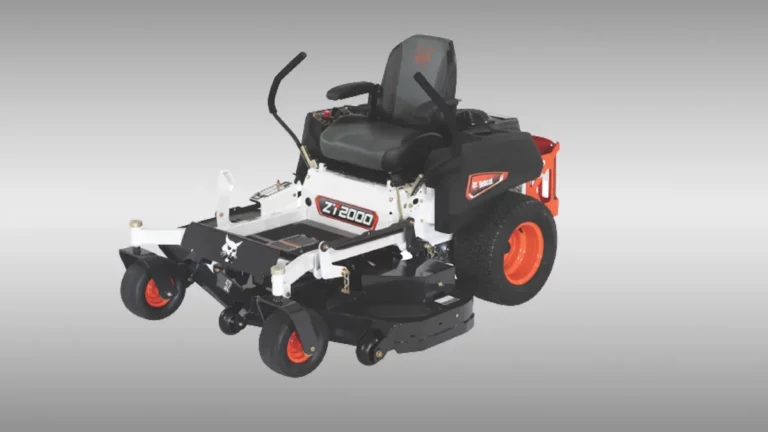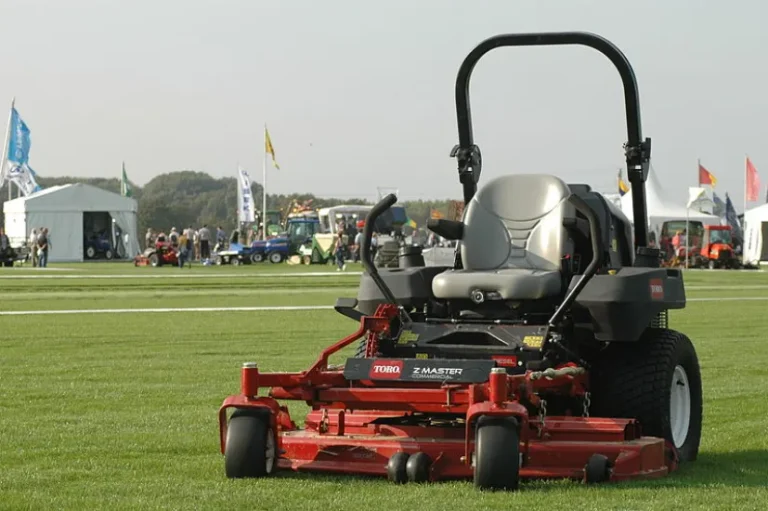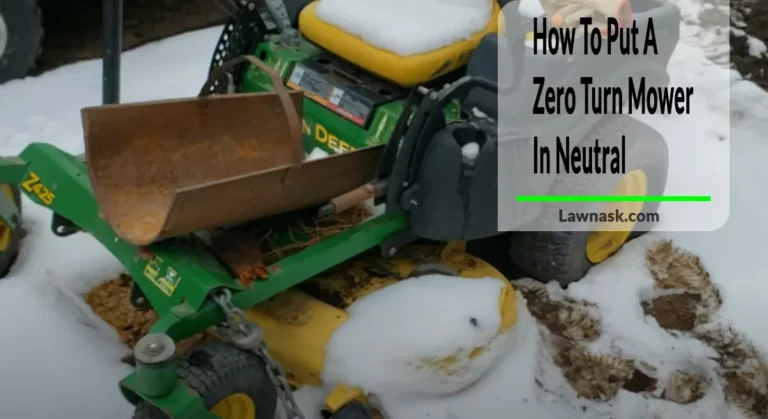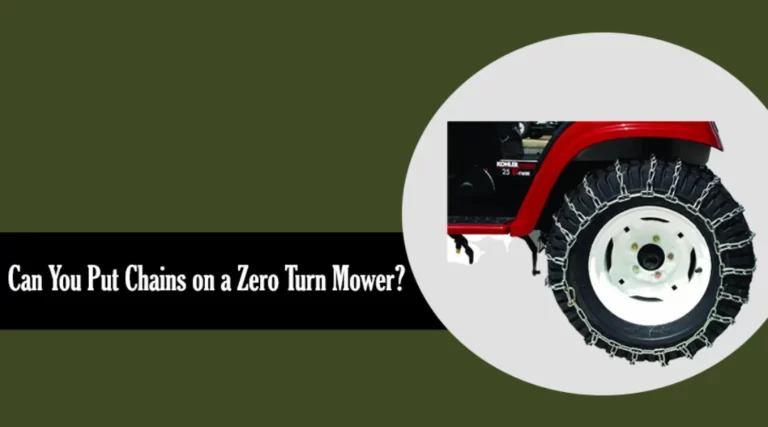Zero-turn Mower Blades Won’t Disengage? (6 Reasons & Remedies)
One of the most prevalent issues with zero-turn mowers is that the blades sometimes do not disengage. This problem not only makes your regular tasks more challenging but also disrupts your day’s other plans and forces you to spend your work time fixing it.
There are a number of reasons why your lawn mowers blades might not start. A bent blade, a stretched or loose belt, a faulty PTO switch knob, clutch wear, a faulty clutch solenoid, etc. are all possible causes.
If you have a problem with zero-turn mower blades won’t disengage, this article will tell you exactly what to do to fix the problem.
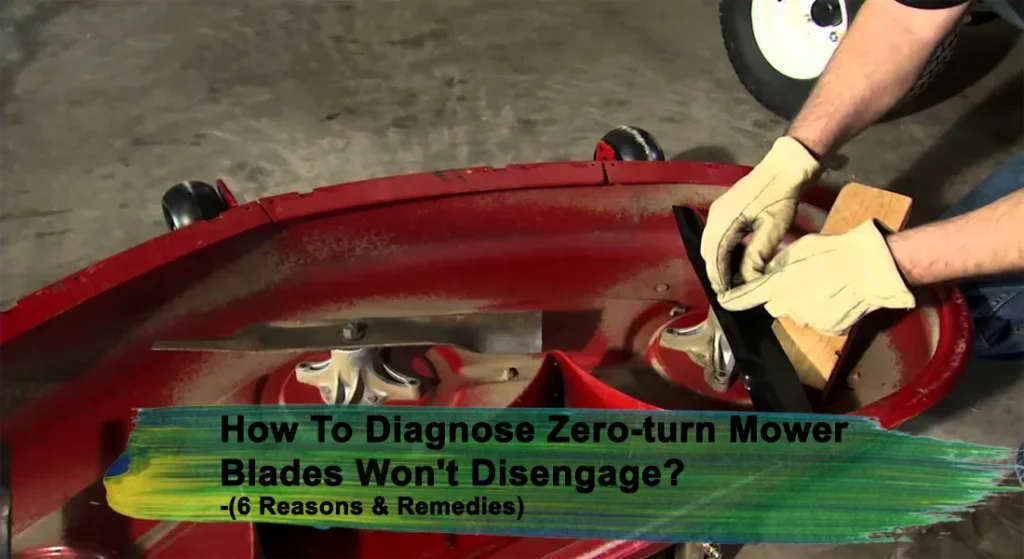
Zero-Turn Mower Blades Won’t Disengage: Possible Causes and Solutions
Here is a sneak preview of the potential causes and their solutions for this issue.
| Possible Causes | Solutions |
| Loose/ Stretched Belt | Replace the worn-out belt. |
| Dull/Misaligned Blade | Sharpen the dull blade, and align the blades correctly. |
| Faulty PTO Switch | Replace the switch. |
| Lose Engagement Lever | Adjust the lever. |
| Clutch Failure | Replace the faulty clutch. |
| Damaged Pulley | Replace and tighten the pulley. |
Related Post: Is It Worth Sharpening Lawn Mower Blades?
1. Loose/ Stretched Belt
There could be a problem with the belt tension, leading to stretched-out blades and constant slippage.
Overprocessing can also cause the blades to break; for example, if you cut too many leaves or grasses, they may pile up under the desk and push the belt out of its track, causing the blades to stop spinning.
The Fix:
- If your belt is too tight, you can either loosen it or get a longer belt. If your belt is too big, you should get one that is shorter.
- You should take your time and clean it out if it is cluttered with grass and leaves.
- If the belt is too old and begins to lose its suppleness, it is best for the machine to replace the belt.
2. Dull/Misaligned Blade
A zero-turn mower will not disengage if the blades are bent, dull, or out of alignment. Leaving a bent blade in your mower is also not a good idea. Blades get dull and the tool loses its balance since it will not spin properly.
The Fix:
- First, locate the blade’s alignment pin and remove it from the blade.
- Now, slowly rotate this blade until it is perpendicular to the other.
- Replace the alignment pin, followed by the blade’s screw, spline washer, and spring washer in their original positions.
- You can tighten the blade and cutting deck without the blade turning by pressing the wood block on the blade and cutting deck.
- Once the blades are properly aligned, the remainder of the mower must be reassembled. Slide the cutting deck underneath the mower and reconnect the lift or support arms.
- Finally, the deck belt must be connected to where it wraps around the engine pulley.
3. Faulty PTO Switch
Power Take Off (PTO) is a secondary component that works with the flywheel to transfer power. Check the knob for damage or failure when PTO is the cause of blade disengagement.
The Fix:
In this situation, a replacement is required. Remember the model and the serial number of the lawn mower before making a purchase. Otherwise, the dealer may recommend another mismatch, which may not help the replacement in the long run.
4. Lose Engagement Lever
The blade activation and deactivation mechanism are the engagement lever. The lever must be firmly attached to the frame of the lawnmower with the idler cable in place.
The function of the lever is to extend and retract the associated cable/rod in order to engage and disengage the idler arm and pulley. If the lever is malfunctioning, it may not be able to disengage the blades.
The Fix:
- To begin, use a screwdriver to pry off the plastic cover surrounding the mower’s lever. On the other hand, you might be able to get in from the back and not have to remove any coverings or surrounds.
- The fasteners that secure the lever to the chassis can now be adjusted if they have become loose.
- Check out the mechanism now that the lever is in its proper place. The lawnmower’s lever should travel freely, and you shouldn’t have to worry about hitting the machine when using it.
5. Clutch Failure
In the event of clutch failure, the switch may “stick,” making it difficult to disengage the blades.
If you turn on the mower’s PTO switch but do not hear the engagement mechanism, click or the blades begin to turn, there is likely an issue with the clutch. The blades may potentially fail to engage or disengage if the clutch plates are worn out.
The Fix:
Clutch changes might be easy or difficult depending on how bad the problem is.
- Disconnect the clutch connector and battery.
- Remove the deck and drive belts on a hydrostatic mower.
- Then, remove the flywheel cover on top of the engine to expose the flywheel nut.
- After that, remove the clutch center mounting nut/bolt while holding the flywheel nut.
- After removing the clutch mounting nut/bolt, the clutch should fall out.
6. Damaged Pulley
If the pulley becomes seized and stops rotating, the blades will not engage.
Some pulleys on the mounting plate are adjustable. A seized pulley will not prevent the blades from turning, but it can apply sufficient force to the belt to cause it to wear out. Simply watch out for this. If you discover a problem with the pulley, you must correct it.
The Fix:
- To find out if any of the pulleys are too tight or making a growling noise, check them all.
- If such is the case, the pulley probably has to be replaced. The broken pulley can be easily replaced by loosening the top nut with a ratchet.
- To tighten the nut underneath an idler, you will need a box wrench with an open end.
- After changing the pulley, put everything back together in reverse order and reconnect the mower’s deck.
Related Post: Lawn Mower Blades Won’t Engage Causes and Troubleshooting Steps!
How Do You Engage and Disengage the Blades on A Zero-turn Mower?
To engage the blades on a zero-turn mower, pull the blade engage switch up.
Ensure the safety switch on the bottom of the seat is plugged in. Also, make sure the PTO switch plug is securely plugged into the PTO engager by checking the switch’s underside.
To disengage the blades, simply push the switch down.
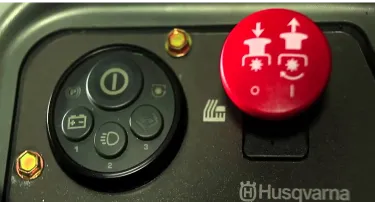
Blade Maintenance for a Zero-turn Mower: How to Keep it Cutting Smoothly?
Maintaining your zero-turn mower properly will prevent issues with the blades not disengaging. The following steps will prolong the life of your mower’s blade:
- Make sure to inspect the mower’s blades after each use. This is crucial for keeping the grass looking neat and tidy.
- Maintain a razor’s edge. Grass will be ripped rather than sliced by a dull blade. Over the course of a few hours, this could cause the grass’s top layer to turn brown and ragged. The engine will need to work harder to propel a dull blade.
- Never try to heat a curved blade into a square shape. A broken blade should never be welded. If the blades shatter, it may be catastrophic.
- Neither the engine nor the deck clutch should be in use while working on the blades.
- When performing routine maintenance, always make sure the deck clutch is in the disengaged position.
- If you need to get beneath the mower to do some work, put down some blocks beforehand.
- When handling blades, always use protective gloves.
- If you run over a rock or a branch with your mower, or if anything else could potentially harm the blade, you should examine it immediately.
- Blades should never be checked while in use.
Frequently Asked Questions (FAQs)
Are the blades engaged by the PTO?
When the PTO switch is on, the blades don’t engage.
Should I sharpen or replace my mower blade?
Maintaining a regular sharpening routine on your regular blades can increase their longevity, but you should always have a backup set on hand in case of an emergency.
When should I replace the blades on my lawnmower?
You should annually replace the blades on your lawnmower.
Can a lawnmower blade be sharpened multiple times?
The average landscaper claims to have sharpened their tools ten times or more.
Related Posts:
- The perfect guide: Troubleshooting zero-turn hydrostatic transmission problems
- Common causes for a zero-turn shutting off when arms are in use
- Troubleshooting guide: Zero-turn mower pulling to one side
- How to fix a zero-turn mower that shuts off when placed in gear
- How to resolve the issue of a slow-moving zero turn mower

